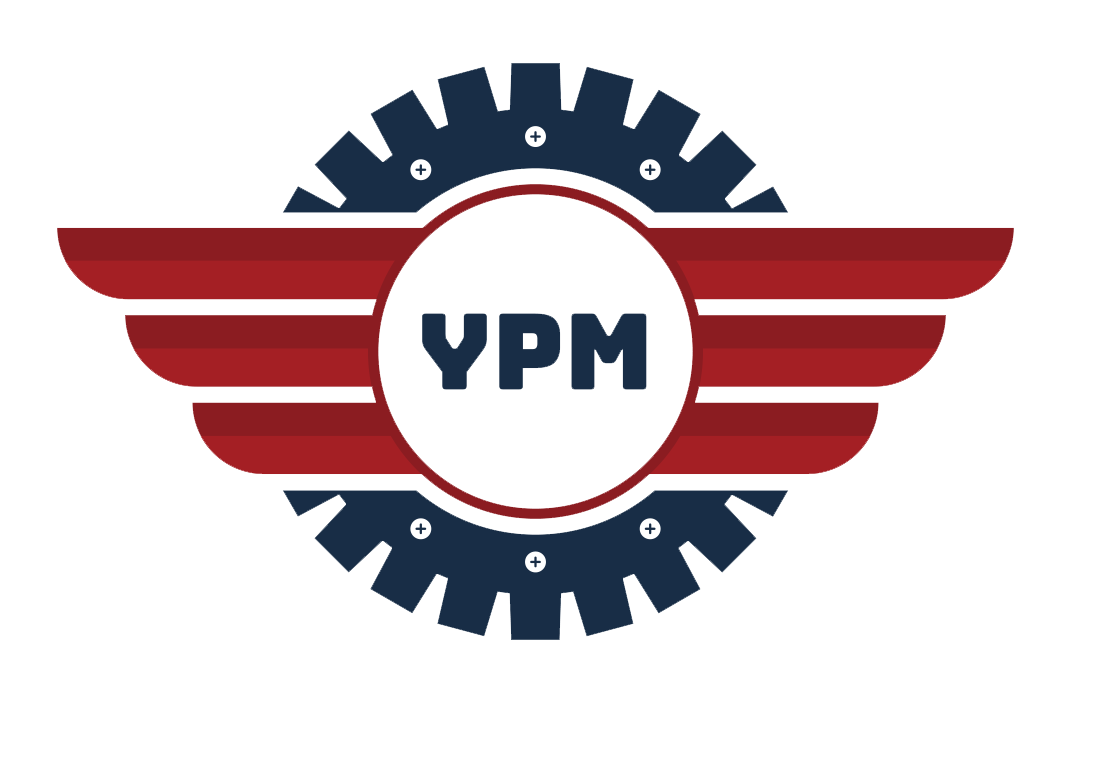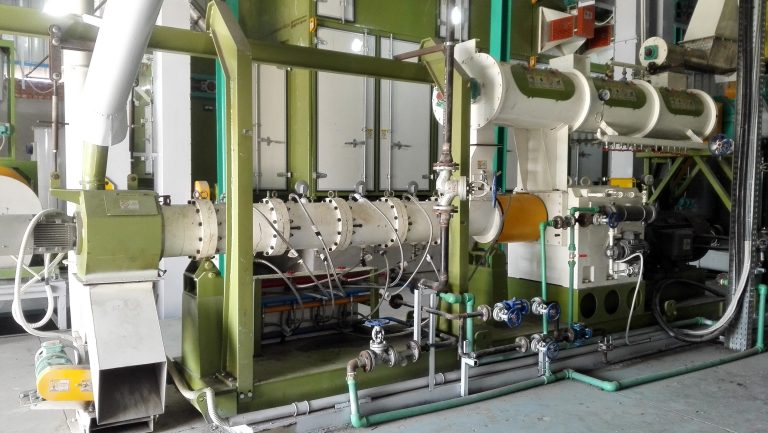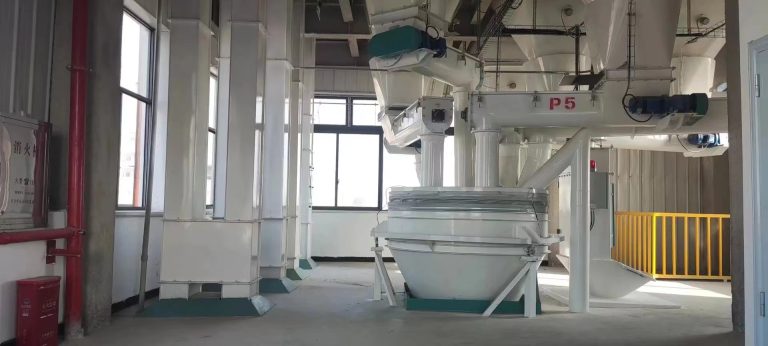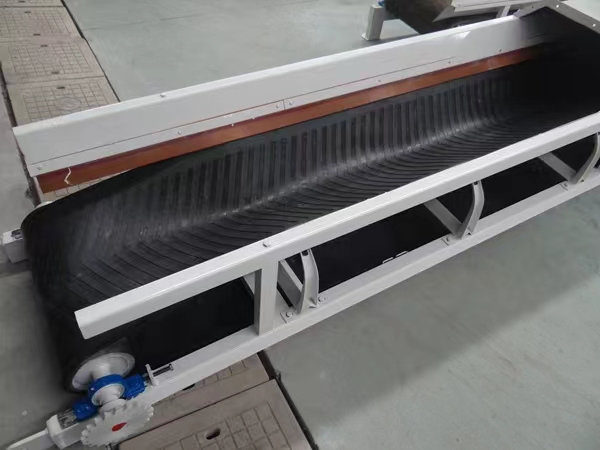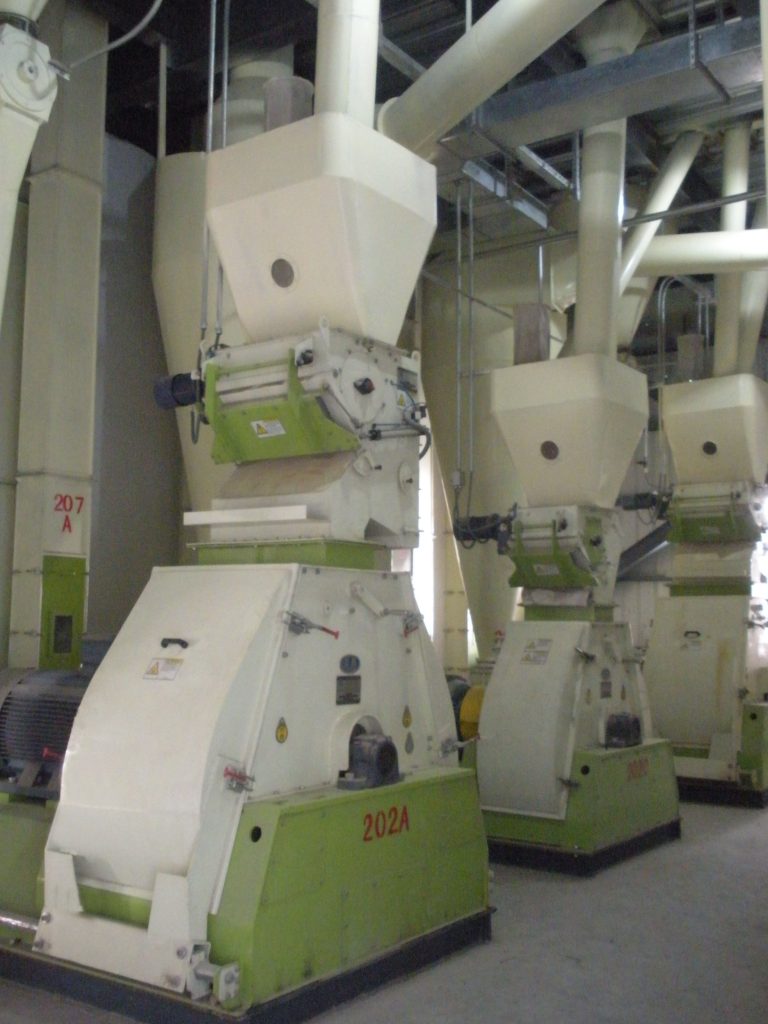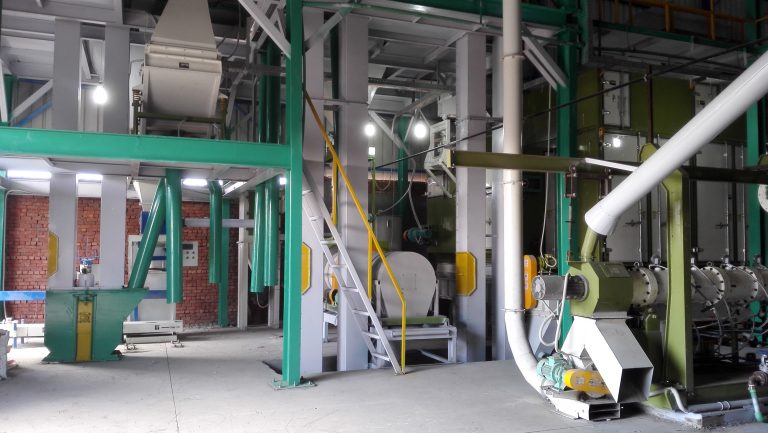The use of animal feed pelletizers has become increasingly popular in recent years, and for good reason. These machines offer a range of benefits that make them a valuable tool for farmers and animal feed producers alike. In this article, we will explore some of the key advantages of using an animal feed pelletizer.
One of the primary benefits of using an animal feed pelletizer is the ability to produce high-quality feed pellets. These machines are designed to process various types of raw materials, such as grains, grasses, and even fish meal, into uniform pellets. This ensures that each pellet contains a balanced mix of nutrients, vitamins, and minerals, which is essential for the health and growth of animals.
Another advantage of using an animal feed pelletizer is the improved digestibility of the feed. The pelleting process involves subjecting the raw materials to heat and pressure, which helps to break down complex carbohydrates and proteins. This makes the nutrients more readily available to the animals, resulting in better digestion and absorption. As a result, animals fed with pellets tend to have higher feed conversion rates and improved overall performance.
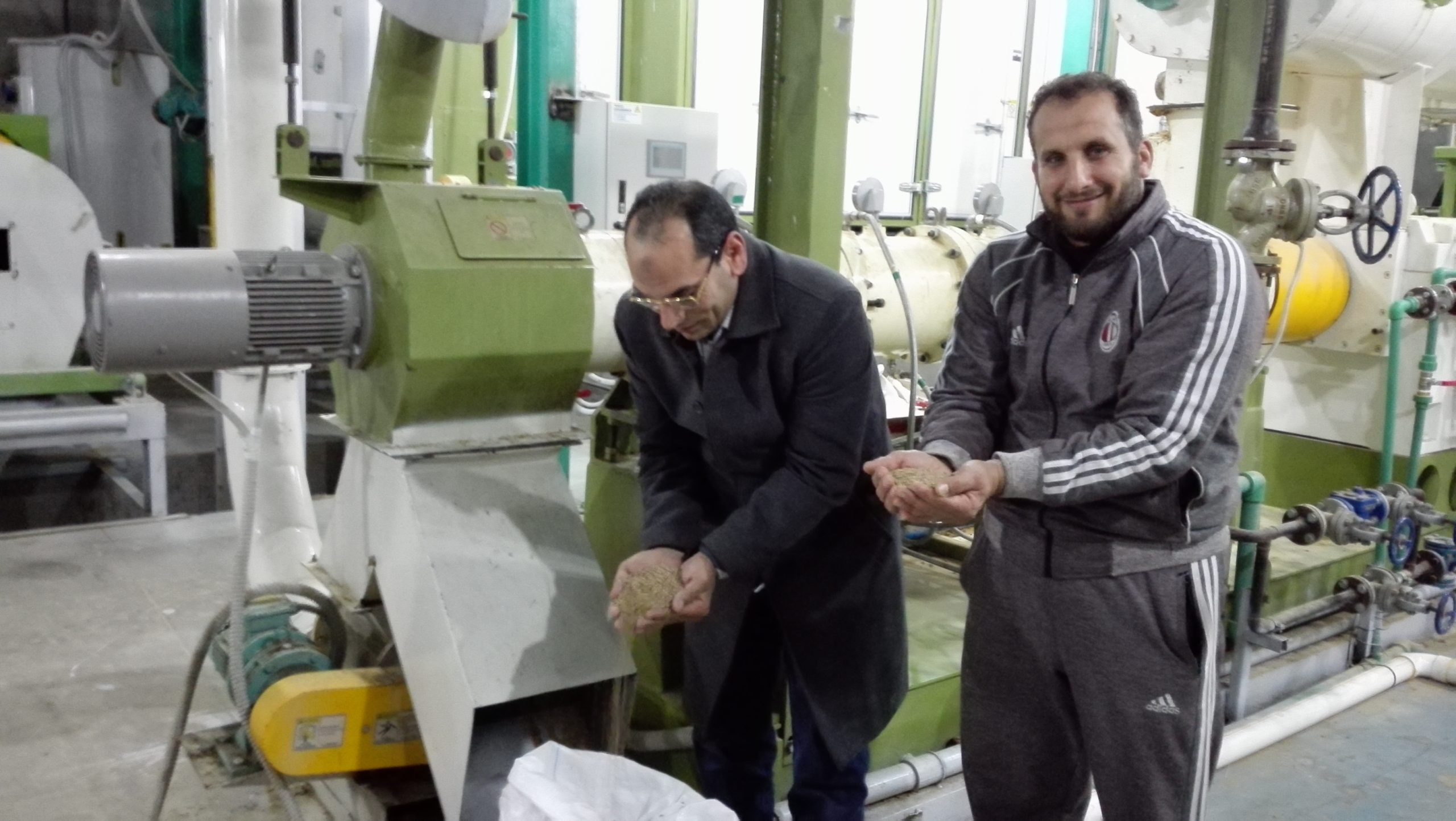
In addition to improved digestibility, animal feed pellets also offer better feed efficiency. The compact and uniform nature of the pellets allows for easier handling, storage, and transportation. Unlike loose feed, pellets are less prone to spoilage, contamination, and wastage. This not only reduces feed costs but also ensures that animals receive a consistent and balanced diet, leading to better health and productivity.
Furthermore, using an animal feed pelletizer can help to reduce the risk of disease transmission. Pelleting involves subjecting the raw materials to high temperatures, which effectively kills many harmful bacteria and pathogens. This is particularly important in the case of fish feed, where the risk of disease outbreaks can be significant. By producing pellets, farmers can ensure that the feed is safe and free from contaminants, minimizing the risk of infections and improving the overall health of the fish.
Another advantage of using an animal feed pelletizer is the flexibility it offers in terms of feed formulation. These machines allow farmers to easily adjust the ingredients and proportions of the feed to meet the specific nutritional requirements of different animals at various stages of growth. This level of customization ensures that animals receive the optimal diet for their needs, leading to improved performance and reduced feed costs.
Using an animal feed pelletizer can have positive environmental impacts. Pelleting reduces the volume of feed required, resulting in less land, water, and energy resources being used for feed production. Additionally, the compact nature of pellets reduces the amount of waste generated, making them a more sustainable option compared to loose feed.
